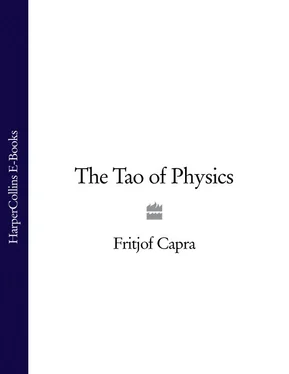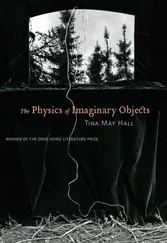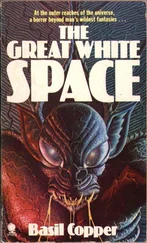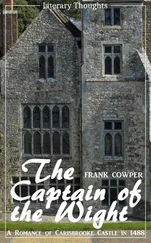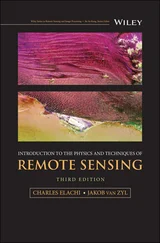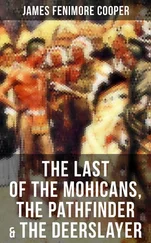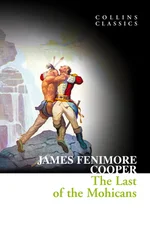FRITJOF CAPRA

The Tao of Physics
An exploration of the parallels between modern physics and Eastern mysticism
I dedicate this book to
Ali Akbar Khan
Carlos Castaneda
Geoffrey Chew
John Coltrane
Werner Heisenberg
Krishnamurti
Liu Hsiu Ch’i
Phiroz Mehta
Jerry Shesko
Bobby Smith
Maria Teuffenbach
Alan Watts
for helping me to find my path
and to Jacqueline
who has travelled with me
on this path
most of the time.
Preface
Preface to the Second Edition
I The Way of Physics
Chapter 1 Modern Physics—A Path with a Heart?
Chapter 2 Knowing and Seeing
Chapter 3 Beyond Language
Chapter 4 The New Physics
II The Way of Eastern Mysticism
Chapter 5 Hinduism
Chapter 6 Buddhism
Chapter 7 Chinese Thought
Chapter 8 Taosim
Chapter 9 Zen
III The Parallels
Chapter 10 The Unity of All Things
Chapter 11 Beyond the World of Opposites
Chapter 12 Space-time
Chapter 13 The Dynamic Universe
Chapter 14 Emptiness and Form
Chapter 15 The Cosmic Dance
Chapter 16 Quark Symmetries—A New Koan ?
Chapter 17 Patterns of Change
Chapter 18 Interpenetration
Epilogue
The New Physics Revisited Afterword to the Second Edition
The Future of the New Physics Afterword to the Third Edition
Notes
Bibliography
Index
Acknowledgments
About the Author
Also by Fritjof Capra
Copyright
About the Publisher
It is probably true quite generally that in the history of human thinking the most fruitful developments frequently take place at those points where two different lines of thought meet. These lines may have their roots in quite different parts of human culture, in different times or different cultural environments or different religious traditions: hence if they actually meet, that is, if they are at least so much related to each other that a real interaction can take place, then one may hope that new and interesting developments may follow.
Werner Heisenberg
Five years ago, I had a beautiful experience which set me on a road that has led to the writing of this book. I was sitting by the ocean one late summer afternoon, watching the waves rolling in and feeling the rhythm of my breathing when I suddenly became aware of my whole environment as being engaged in a gigantic cosmic dance. Being a physicist, I knew that the sand, rocks, water and air around me were made of vibrating molecules and atoms, and that these consisted of particles which interacted with one another by creating and destroying other particles. I knew also that the Earth’s atmosphere was continually bombarded by showers of ‘cosmic rays’, particles of high energy undergoing multiple collisions as they penetrated the air. All this was familiar to me from my research in high-energy physics, but until that moment I had only experienced it through graphs, diagrams and mathematical theories. As I sat on that beach my former experiences came to life; I ‘saw’ cascades of energy coming down from outer space, in which particles were created and destroyed in rhythmic pulses; I ‘saw’ the atoms of the elements and those of my body participating in this cosmic dance of energy; I felt its rhythm and I ‘heard’ its sound, and at that moment I knew that this was the Dance of Shiva, the Lord of Dancers worshipped by the Hindus.
I had gone through a long training in theoretical physics and had done several years of research. At the same time, I had become very interested in Eastern mysticism and had begun to see the parallels to modern physics. I was particularly attracted to the puzzling aspects of Zen which reminded me of the puzzles in quantum theory. At first, however, relating the two was a purely intellectual exercise. To overcome the gap between rational, analytical thinking and the meditative experience of mystical truth, was, and still is, very difficult for me.
In the beginning I was helped on my way by ‘power plants’ which showed me how the mind can flow freely; how spiritual insights come on their own, without any effort, emerging from the depth of consciousness. I remember the first such experience. Coming, as it did, after years of detailed analytical thinking it was so overwhelming that I burst into tears, at the same time, not unlike Castaneda, pouring out my impressions on to a piece of paper.
Later came the experience of the Dance of Shiva which I have tried to capture in the photomontage shown in Plate 7. It was followed by many similar experiences which helped me gradually to realize that a consistent view of the world is beginning to emerge from modern physics which is harmonious with ancient Eastern wisdom. I took many notes over the years, and wrote a few articles about the parallels I kept discovering, until I finally summarized my experiences in the present book.
This book is intended for the general reader with an interest in Eastern mysticism who need not necessarily know anything about physics. I have tried to present the main concepts and theories of modern physics without any mathematics and in non-technical language, although a few paragraphs may still appear difficult to the layperson at first reading. The technical terms I had to introduce are all defined where they appear for the first time and are listed in the index at the end of the book.
I also hope to find among my readers many physicists with an interest in the philosophical aspects of physics, who have as yet not come in contact with the religious philosophies of the East. They will find that Eastern mysticism provides a consistent and beautiful philosophical framework which can accommodate our most advanced theories of the physical world.
As far as the contents of the book are concerned, the reader may feel a certain lack of balance between the presentation of scientific and mystical thought. Throughout the book, his or her understanding of physics should progress steadily, but a comparable progression in the understanding of Eastern mysticism may not occur. This seems unavoidable, as mysticism is, above all, an experience that cannot be learned from books. A deeper understanding of any mystical tradition can only be felt when one decides to become actively involved in it. All I can hope to do is to generate the feeling that such an involvement would be highly rewarding.
During the writing of this book, my own understanding of Eastern thought has deepened considerably. For this I am indebted to two men who come from the East. I am profoundly grateful to Phiroz Mehta for opening my eyes to many aspects of Indian mysticism, and to my T’ai Chi master Liu Hsiu Ch’i for introducing me to living Taoism.
It is impossible to mention the names of everyone—scientists, artists, students, and friends—who have helped me formulate my ideas in stimulating discussions. I feel, however, that I owe special thanks to Graham Alexander, Jonathan Ashmore, Stratford Caldecott, Lyn Gambles, Sonia Newby, Ray Rivers, Joël Scherk, George Sudarshan, and—last but not least—Ryan Thomas.
Finally, I am indebted to Mrs Pauly Bauer-Ynnhof of Vienna for her generous financial support at a time when it was needed most.
London, December 1974 Fritjof Capra
Preface to the Second Edition
This book was first published seven years ago, and it originated in an experience, as described in the preceding preface, that now lies more than ten years in the past. It seems thus appropriate that I should say a few words to the readers of this new edition about the many things that have happened in those years—to the book, to physics, and to myself.
Читать дальше
